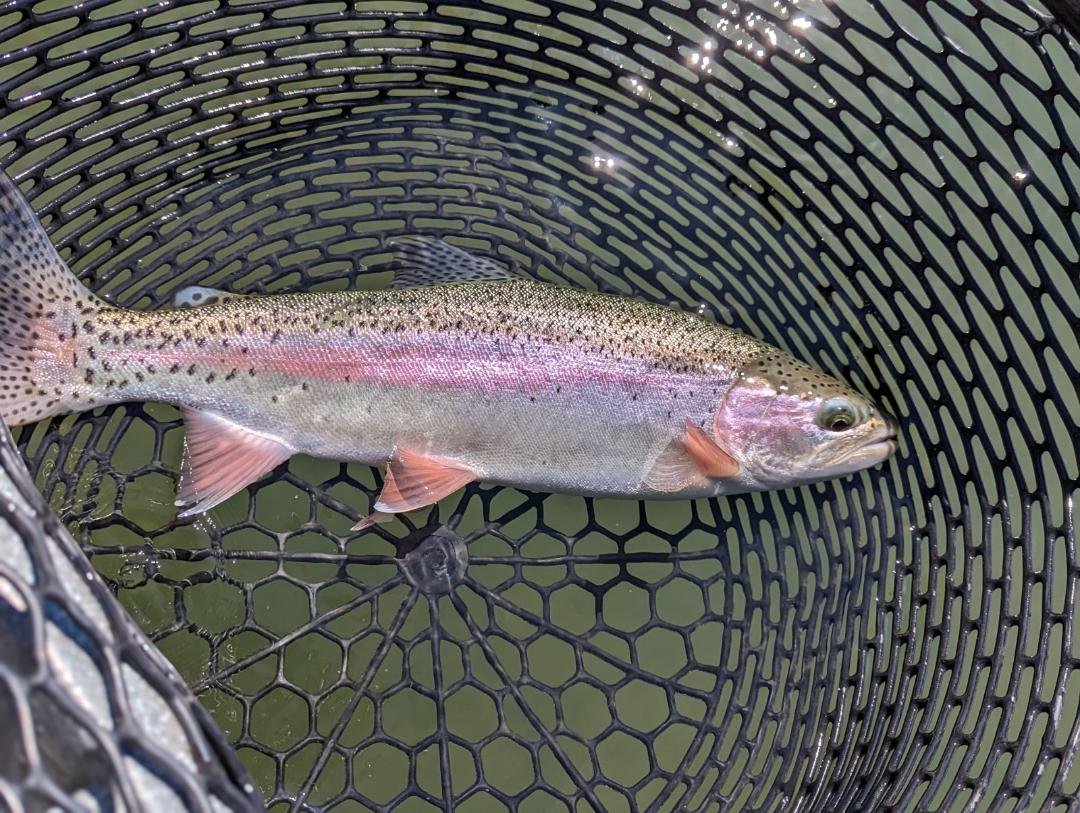
Lower Sacramento River, CA

The “Lower Sac” is a truly outstanding fishery with wild rainbows averaging 14 inches long, that weigh one and half pounds, the fish are strong! 18–26in fish that weigh upwards of eight pound fish are prevalent, so it’s no wonder the Lower Sac has a repetition of one of the best “Blue Ribbon” trout rivers on the west coast.
The Lower Sacramento River is a tailwater fishery that produces fish all year long, and a must for any angler.
Caddis, Mayfly, Stoneflies are hatching throughout the year— not including the “Egg Drop” in late September through November.
Rainbows are active all year long. Prolific caddis hatches and the all-important egg drop fuel this section. Steelhead start arriving in September and keep coming through March. Salmon will be spawning; steelhead and trout will be eating and anglers will be screaming with excitement. We fish the Lower Sacramento from an 18-foot Fishcraft drift boat, casting 6-weight rods with thirteen-foot leaders.
The term “eggs and legs,” referring to an egg pattern with a nymph rubber leg stone dropper, was coined on this section. The drift is 8 to 9 hours long and is a must for anyone who loves great trout fishing.
The section that runs from Redding (Shasta Dam) to Red Bluff, CA is known as the “Lower Sac,” and it’s amazing.

Fishing the “Lower Sac”
Trout
All year
March through June – caddis, mayflies and stones
June through August – more caddis and mayflies
September through December – egg-drop is on!
December through February – big fish attack!
Steelhead
September through March
Drift boat trips are $550 per day, maximum of two anglers. Rods, reels, flies, leaders, and indicators are all inclusive, however wading gear is not. Riverside lunches (hot or cold) and beverages are provided. A 50% deposit is required to hold your date.

“My most recent float was guided trip on the Lower Sac with Lance. It was one of those unusual slower than normal days that you sometimes get. Lance worked especially hard to back row us through the more productive runs allowing us every opportunity we could to hook into fish. What separates a good guide from a below average guide is how they handle those things that are within their control: attitude, lunches, great gear and attitude. That’s where Lance excels. ”

